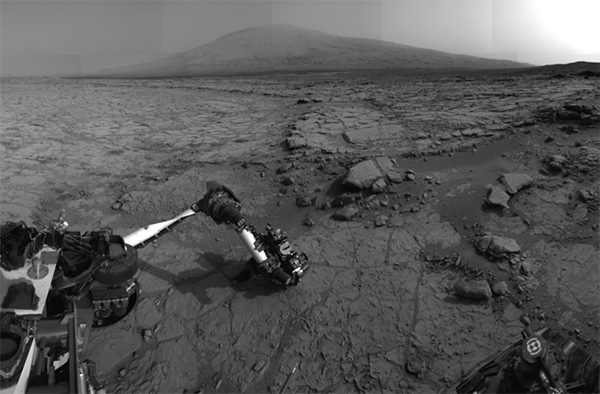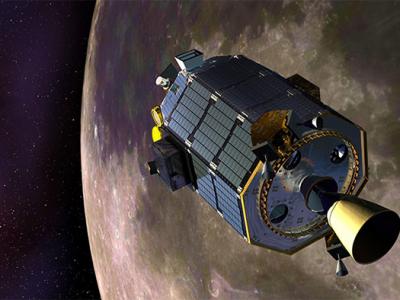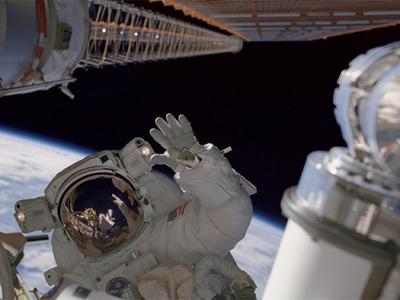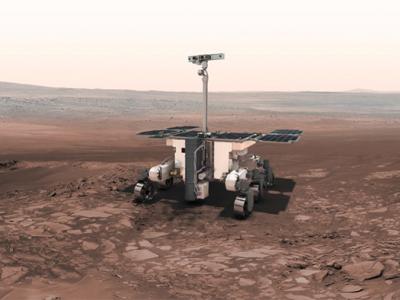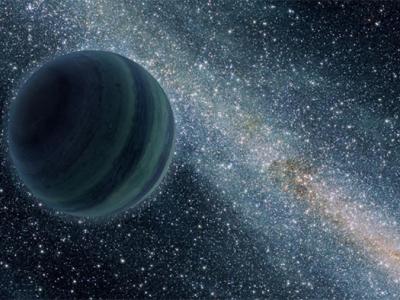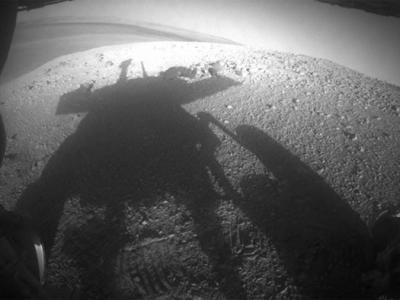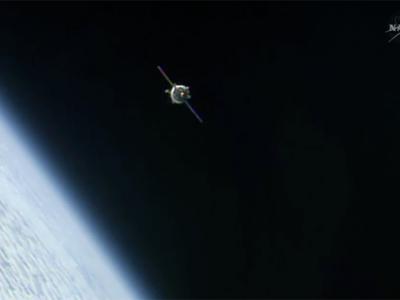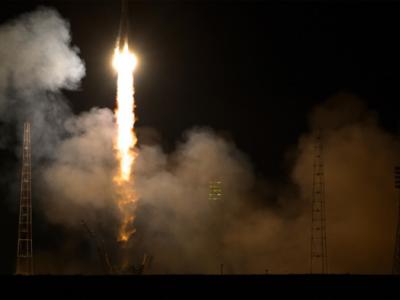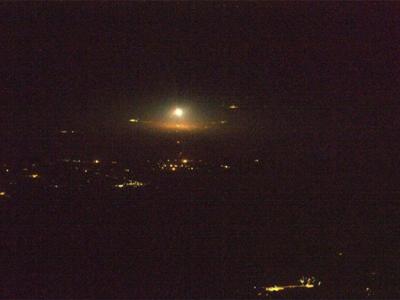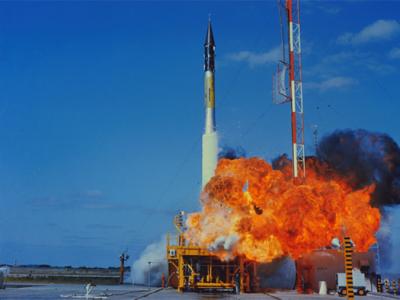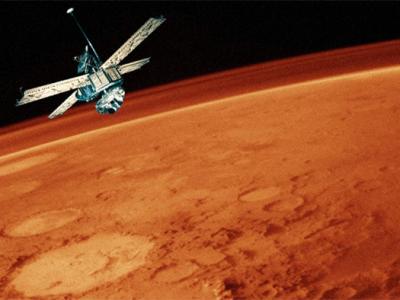What's Next for Curiosity? Mars Mountaineering
NASA’s Mars rover Curiosity, dispatched to determine if the planet most like Earth in the solar system ever had the ingredients for microbial life, returns to work on Wednesday following a month-long hiatus due to the sun blocking radio communications with Earth.
The rover, which landed on Aug. 6, 2012, inside a giant impact basin, wasn't completely silenced by the communications blockage. Every day, it beeped a signal over its X-band radio, which was received on Earth.
“That was good confirmation that everything was going as expected,” mission manager Rick Welch, with NASA’s Jet Propulsion Laboratory in Pasadena, Calif., told Discovery News.
Scientists also were able to retrieve some data from Curiosity’s radiation monitors through the orbiting Mars Odyssey spacecraft, which had intermittent transmissions during the solar blockage.
Now that Earth and Mars are again aligned for communications, the first order of business is to update the rover’s software. After that, scientists want to resume analysis of an area called Yellowknife Bay, where Curiosity already met the main goal of its mission by finding the chemical ingredients for life.
Hitting paydirt in the first rock sample analysis however raises the stakes for the primary target of Curiosity’s two-year mission, a three-mile-high mountain of what appears to be layered sediment rising from the floor of the Gale Crater landing site.
Mount Sharp looms on Curiosity's horizon in this portion of a series of images taken by Curiosity's Navcam camera on Jan. 23, 25 and 26, 2013.
Scientists have yet to decide exactly when Curiosity will head over toward Mount Sharp. Much depends on what else the rover digs up in Yellowknife Bay, located in the opposite direction of Mount Sharp and within the rover’s elliptically shaped landing zone.
“We just didn’t stumble into this area. This was something that took a lot of planning,” said Curiosity lead scientist John Grotzinger, with the California Institute of Technology.
“In case something happened with the rover we needed to make sure we had science to do in that landing ellipse. What was serendipitous was landing in a past aqueous environment and finding sulfates and clays,” Grotzinger told Discovery News.
Curiosity’s first rock drill sample contained six elements needed for microbial life -- hydrogen, carbon, oxygen, nitrogen, sulfur and phosphorus -- plus water that had not been not too acidic or too salty.
Additional analysis is planned to look for carbon from a different and possibly organic source. The first sample’s carbon was bound in carbon dioxide, which can be a source of energy for rock-eating microbes.
Scientists expect the search for organic carbon will be difficult. Even if it exists, there may not be enough of it to be detected. It also could have been chemically altered over time, or broken down by cosmic and solar radiation.
“The hope is we find some other examples of habitable environments. There are a bunch of different geological reasons why there could be more of less carbon in one place,” Grotzinger said.
Yellowknife Bay is in a lowlands which, at some point in the past, was covered by water. Scientists, however, have no means to determine what happened before or after. In comparison, Mount Sharp offers scientists a sequence in time, with the record of older events preserved at the bottom of the mound and more recent alterations of rock rising above.
“Say we find something that looks like another attractive ancient potentially habitable environment and it’s 200 meters above the base of Mount Sharp. We can go up there and then from there we can go not just upward but also downward again. So if you’re looking for something, you can explore in both directions of time’s arrow,” Grotzinger said.
“Right now, (in Yellowknife Bay) we’re in the good stuff, but unfortunately, we can’t go downhill anymore. We’re there. That’s all Yellowknife Bay is going to give us,” he said.
Scientists plan to drill into at least one more rock to look for carbon and to verify the results of the first sample analysis.
“Yellowknife Bay still has some information to give us and it’s definitely worth one more drill target,” Welch said. “But from my point of view, if Yellowknife Bay is such a rich area, there probably are many other rich areas within Gale Crater and a lot of things to be discovered.”(May 1, 2013 06:20 AM ET // by Irene Klotz)
